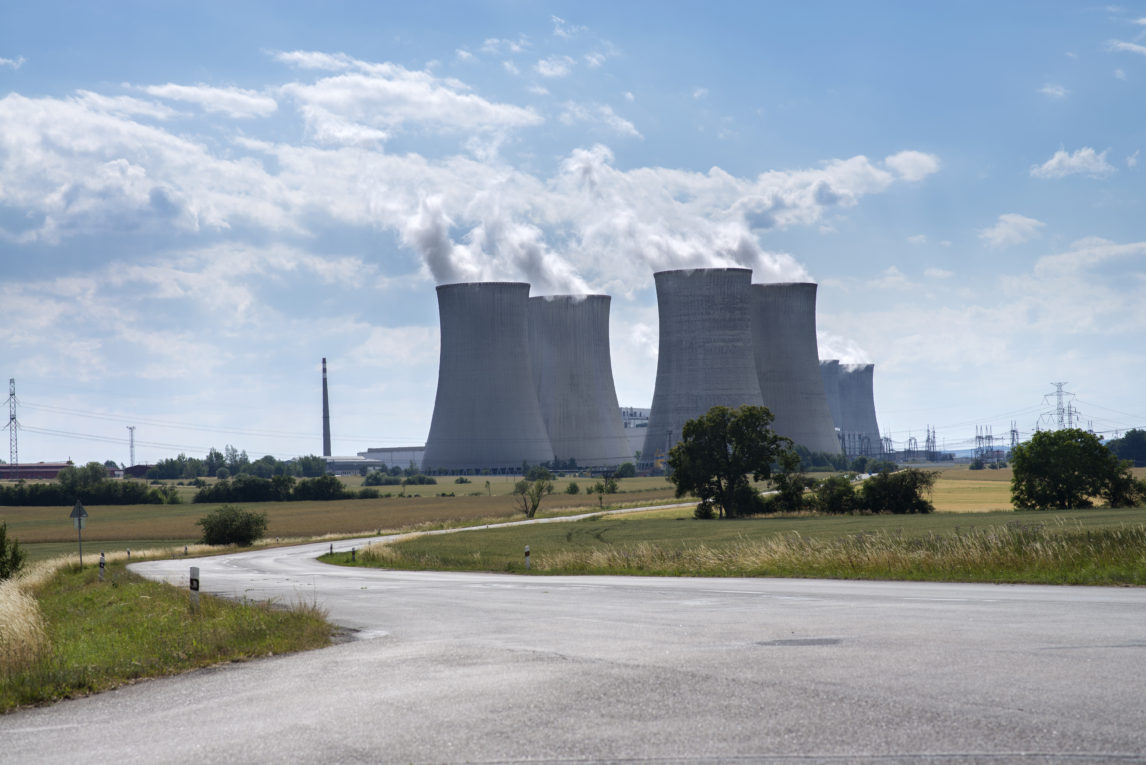For Immediate Release
March 20, 2012
A Nuclear Regulatory Commission (NRC) post-Fukushima inspection report on the James A. FitzPatrick nuclear power plant suggests that both the US government and Entergy know the plant’s venting system could be vulnerable to hydrogen explosions in the case of an accident. Groups asking the NRC for an emergency shut-down of the FitzPatrick reactor have added the inspection report and other information to their petition to the NRC in a supplement filed today.
“The inspection report indicates that the NRC and Entergy have known for 10 months that the venting plan, which is supposed to prevent a hydrogen explosion in the reactor building, could itself lead to a hydrogen explosion,” said Jessica Azulay, staff organizer for AGREE. “The public has a right to know about the serious safety risks being taken at the plant, so we are calling on the NRC to shut down the reactor and hold public hearings on the FitzPatrick venting plan.”
Earlier this month, the Alliance for a Green Economy and Beyond Nuclear petitioned the NRC to suspend operations at the FitzPatrick plant because the plant’s emergency venting plan poses a health and safety risk to the public. In the case of an accident in the plant, the FitzPatrick venting strategy is to relieve pressure in the main reactor building by sending radiation, steam, and explosive gasses into an auxiliary building, where the pressure is expected to rise until it blows open the doors of the building, releasing the radiation and gasses into the air at ground level.
FitzPatrick is the only plant of its kind in the country with such a venting strategy. All other GE Mark I Boiling Water Reactors in the US followed a 1989 recommendation from the NRC to install a Direct Torus Vent System. The NRC approved the FitzPatrick venting plan in 1992, on the assumption that hydrogen explosions along the vent path were not a significant risk.
The post-Fukushima inspection report, dated May 13, 2011, reveals that the NRC and Entergy, the company that owns the FitzPatrick plant, acknowledges “an apparent beyond design and licensing basis vulnerability, in that current procedures do not address hydrogen considerations during primary containment venting.” It goes on to say that Entergy has provided “caution for operators to consider the presence of hydrogen.”
Severe nuclear accidents can generate large amounts of explosive hydrogen gas along with radioactivity. If the hydrogen gas accumulates, finds a spark and detonates, the explosion could be as great or greater than those that destroyed the Fukushima reactor buildings and Mark I containments.
“Entergy and NRC are gambling that there will not be an accident that challenges containment,” said Paul Gunter with Beyond Nuclear. “Their own document admits that they are not prepared to deal with it.”
Last week, the NRC issued orders requiring “reliable” hardened vents on all Mark I and Mark II boiling water reactors, but not until 2016.
“It’s outrageous that NRC will allow this to go on one more day, let alone years,” said Tim Judson of CNY-Citizens Awareness Network, a founding member of AGREE. “Entergy’s gameplan is to vent massive amounts of radioactivity, steam, and hydrogen gas into areas where plant employees will be working and pray the whole thing doesn’t explode. The Fukushima accidents proved that is a fantasy.”
In a supplement to their March 9, 2012, petition to the NRC, AGREE and Beyond Nuclear say that Entergy’s “caution for operators” shows an uncertainty on the part of Entergy as to whether it’s venting strategy is reliable or could cause unexpected explosions or other problems. The groups also say that the instructions could introduce delay in containment venting that could “fundamentally undermine the reliability and capability of the FitzPatrick pre-existing venting system.”
The full text of the groups’ original petition and the supplement, as well as supporting documents, can be found at the AGREE website: www.agreenewyork.org.
Alliance for a Green Economy (AGREE) works for safe, affordable energy and the development of a green economy in New York State. Our goal is a prosperous, safe, and healthy New York, fulfilling the promise of conservation, energy efficiency, and safe, clean renewable energy sources to end our state’s reliance on wasteful and environmentally destructive forms of energy. The Alliance works to promote this transition to a carbon-free and nuclear-free future and educates the public about alternatives that can revitalize the economy and safeguard human health and the environment. Organizational members of AGREE include the Center for Health, Environment & Justice, the Citizens’ Environmental Coalition, Peace Action New York State, Peace Action CNY, the CNY chapter of Citizens Awareness Network, and the Syracuse Peace Council.
Beyond Nuclear (www.beyondnuclear.org) aims to educate and activate the public about the connections between nuclear power and nuclear weapons and the need to abandon both to safeguard our future. Beyond Nuclear advocates for an energy future that is sustainable, benign and democratic. The Beyond Nuclear team works with diverse partners and allies to provide the public, government officials, and the media with the critical information necessary to move humanity toward a world beyond nuclear.
Contact:
Jessica Azulay, AGREE, (315) 480-1515
Tim Judson, Citizens’ Awareness Network, (315) 415-3005
Paul Gunter, Beyond Nuclear, (301) 523-0201

